Gross-Rosen
Concentration Camp
|
The Nazis established Gross-Rosen on the 2 August 1940 in Lower Silesia, as a satellite camp of Sachsenhausen, in the vicinity of the granite quarry of Gross-Rosen. On 1 May 1941 Gross-Rosen became an independent concentration camp; it remained in operation until mid-February 1945, the camps commandants were as follows:
|
Other notable members of the camp staff were as follows:
|
|
|
Dr. Karl Babor Camp doctor was an expert with the phenol syringe, he took care to always administer slightly more than the lethal dose – “just to make sure.”
After the war he was interned by the Allies, but as one of the “small fry” who had done “nothing serious” he was released. He resumed his studies in Vienna and qualified as a doctor.
Former inmates of Gross-Rosen tracked him down and he fled to Africa. At first, the camp prisoners were put to work in the quarry owned by the SS- Deutsche Erd –und Steinwerke GmbH (SS German Earth and Stone Works) and in the construction of the camp, which was speeded up in the summer of 1943.
This was followed by the building of a large number of sub-camps - the number of prisoners grew steadily from 1,487 in 1941 to 97,414 on the eve of the camp’s liquidation. A total of 125,000 prisoners of different nationalities passed through Gross-Rosen, the number of victims who perished in the camp and during the numerous evacuations is estimated at 40,000.
Jews represented the largest group among the victims in Gross-Rosen and their proportion in the camp population was considerable, particularly in late 1943 and early 1944. Beginning in late 1943, 57,000 Jews were brought there, including 26,000 women.
The assignment of Jews to the camp and their use as manpower for the German war effort resulted from a re-organisation of the SS methods for exploiting Jews and from the evacuation of the Plaszow labour camp and of the Auschwitz-Birkenau extermination camp.
The first Jewish prisoners to arrive in Gross-Rosen were sent there from Dachau, 48 Jews on 18 June 1941 and Sachsenhausen, 32 on 13 August 1941, 21 on 18 September 1941 and 94 on 20 September.
|
In 1942 small groups of Jews totalling 100 persons arrived from the Tarnow prison, in the Radom district, and from the German concentration camps of Sachsenhausen and Buchenwald. They were housed in Block 4, which was run by German convicts, G. Prill, A. Radtke, and P. Alt. Prill and Radtke were particularly brutal sadists and murderers.
The living and working conditions of the Jewish prisoners were extraordinarily harsh and inhumane. In addition to the backbreaking work in the quarry and the construction of the camp, they were also exploited during what was supposed to be their rest periods.
The Jewish prisoners were not permitted to establish contact with one another, each prisoner being restricted to his own block, they were also denied medical attention. Before long their state of health had deteriorated and they were completely exhausted.
The mortality rate was high, and by the end of 1941, 84 had died, others became living skeletons, and in December 1941, 119 of these were victims of a Euthanasia programme selection.
The high mortality rate continued in 1942, prisoners classified as “disabled” were sent to Dachau, the last 37 Jewish prisoners were transferred to Auschwitz on 16 October of that year, in the course of an operation designed to remove Jews from all camps situated in the Reich. For a period of twelve months, Gross-Rosen was Juden-frei (free of Jews).
|
In October 1943 the influx of Jewish prisoners into Gross-Rosen was renewed, this time in substantial numbers, the first such group consisted of 600 prisoners transferred from the Markstadt labour camp, to Funfteischen, a sub-camp of Gross-Rosen, where they were put to work in Krupp factories.
Another group of 600 Jewish prisoners was put at the disposal of I.G. Farben, to work in the factories at Dyhernfurth, where poison gas was produced. Most of the Jewish prisoners were from Poland and Hungary, but others were from Belgium, France, Greece, Yugoslavia, Slovakia and Italy.
The Jewish prisoners of Gross-Rosen were distributed among over fifty sub-camps, designated as Arbeitslager, most of them were situated in Lower Silesia and the rest in Sudetenland and Luzyce. Some of these sub-camps were put up when Gross-Rosen took over a number of forced labour camps from the Organisation Schmelt.
The major Gross-Rosen sub-camps were as follows:
Aslau, Bad Salzbrunn, Bad Warmbrunn, Bautzen, Bernsdorf, Birnbaeumel, Bolkenheim, Brandhofen, Breslau, Brieg, Brunnlitz, Bunzlau, Christianstadt, Dyhernfurth, Faulbrueck, Friedland, Funfteichen, Gabersdorf, Gablonz, Gsassen, Gebhardsdorf, Gellenau, Gorlitz, Graeben, Grafenort, Gross Koschen, Grunberg, Grulich, Halbau, Halbstadt, Hartmannsdorf, Hirschberg, Hochweiler, Hohenelbe, Kamenz, Kittlitztreben, Kratzau, Kretschamberg, Landeshut, Langenbielau, Liebau, Libenau, Maerzdorf, Mittlesteine, Namslau, Neuhammer, Neusalz, Niesky, Ober Altstadt, Parschnitz, Peterswaldau, Reichenau, Reichenbach, Sackisch, Schatzlar, Schweidnitz, Treskau, Waldenburg, Weisswasser, Wustegiersdorf, Zillertal and Zittau. |
|
|
Brunnlitz was the famous labour camp, that Schindler took his “Schindler’s Jews” to, after the evacuation of Plaszow forced labour camp, in Krakow. Before they went to Brunnlitz, they first went to Gross-Rosen, the journey took three days. “We arrived in the afternoon, we had to take off our clothes.
It was cold. We remained naked from six in the afternoon until about noon the following day. There was nowhere to sleep,” later recalled Moshe Bejski.
On 25 November 1944 at Auschwitz-Birkenau the demolition of Crematorium ll was commenced. “It is interesting,” a member of the Sonderkommando wrote, that first of all the ventilating motor and pipes were dismantled and sent to camps – some to Mauthausen, others to Gross-Rosen.
In the first phase of the evacuation – the last ten days of January 1945 – the sub-camps on the eastern bank of the Oder were liquidated. The men’s sub-camps located there with their Jewish prisoners were moved to the Gross-Rosen. The women prisoners, for the most part, were transferred to concentration camps deep inside the Reich.
|
The prisoners were evacuated by foot, in what came to be known as Death Marches, in the harsh cold of winter and without food. Many prisoners perished on those marches, but no accurate estimate can be made of their number. The ultimate fate of some columns of prisoners remains unknown.
The main camp, Gross-Rosen itself, was evacuated in early February 1945 and the sub-camps thereafter. Although the prisoners in the main camp were evacuated by rail, the condition of the cars that were used – they normally carried coal – and the lack of food caused the death of many prisoners after a few days in transit.
The satellite camps were liberated by the Red Army on 8 and 9 May 1945, with large numbers of survivors.
Sources:
Gernot Römer: Für die Vergessenen : KZ-Aussenlager in Schwaben; Schwaben in Konzentrationslagern. - Augsburg : Presse-Dr.., 1984
The Camp Men by French L MacLean published by Schiffer Military History Atglen PA 1999
History Of The Second World War published by Purnell London 1966
Encyclopedia of the Holocaust - Israel Gutman (Ed) - New York 1990.
PRO
The Holocaust by Sir Martin Gilbert, published by Collins, London 1986
NARA.
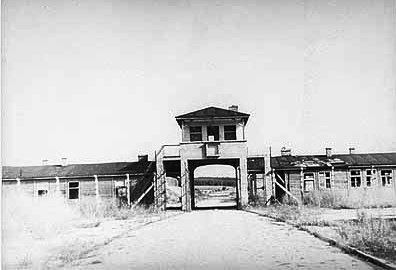
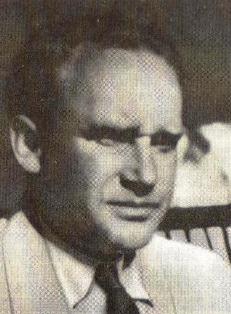
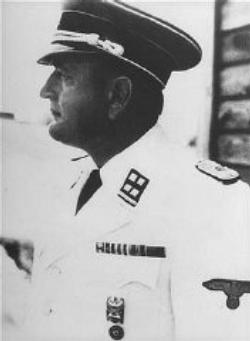
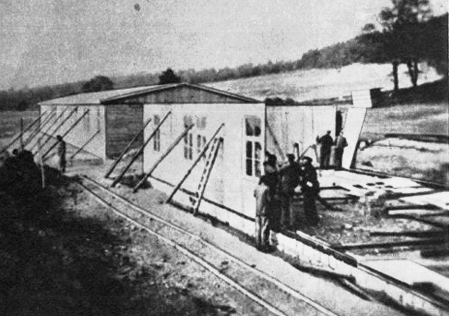
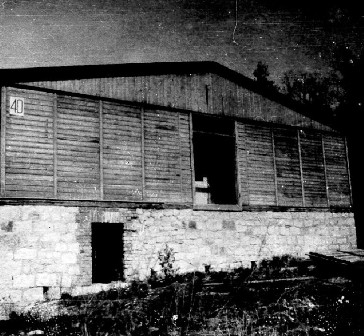
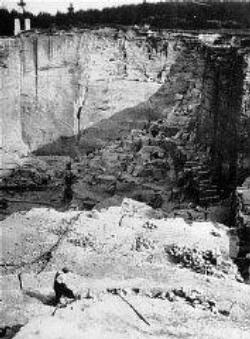
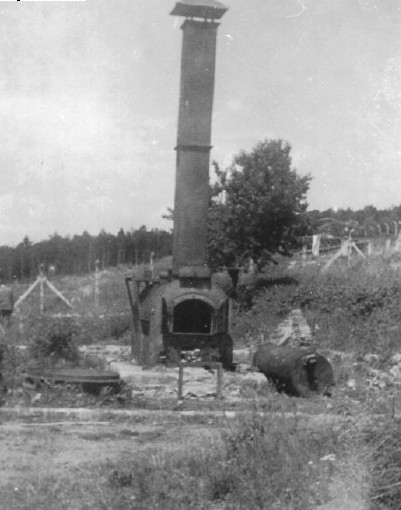
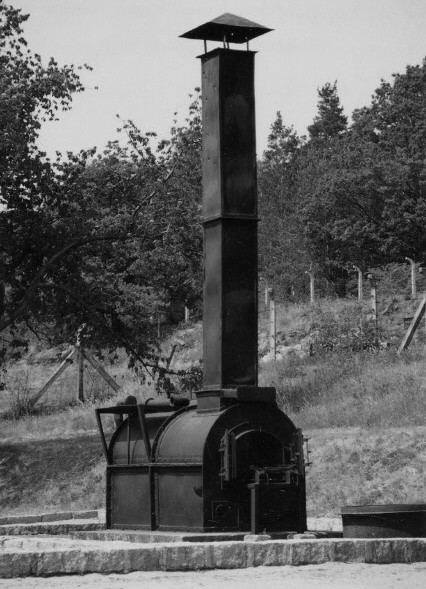
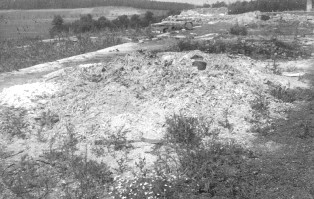
No comments:
Post a Comment